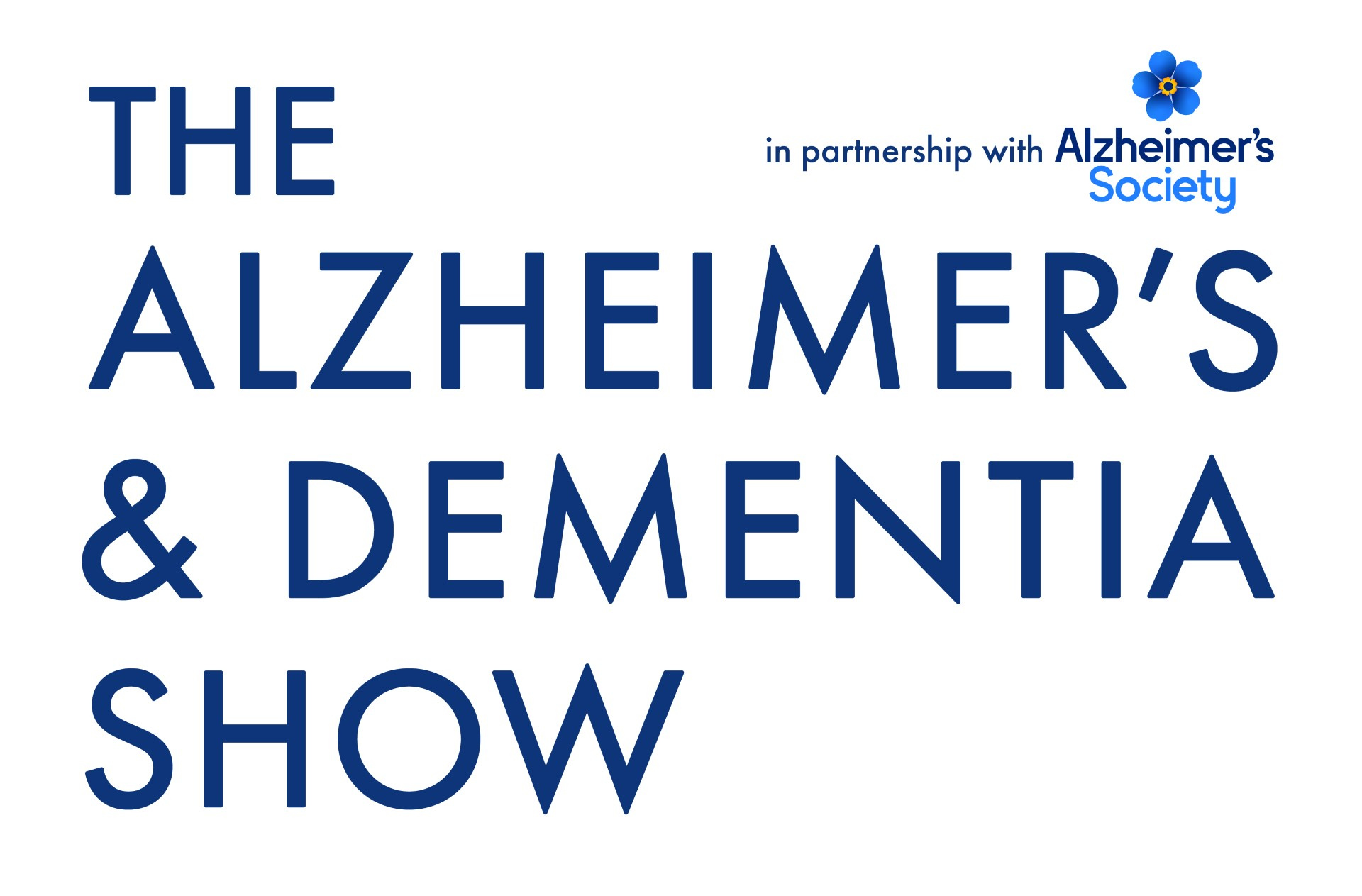TECHNOLOGY ASSISTED INDEPENDENT LIVING

At the core of TAIL is a powerful software platform which collects, organises and reports on data obtained from a range of low-power discrete sensors placed in client’s homes. The sensors monitor things like temperature, movement, floods, bed occupancy, and doors / windows being left open when they shouldn’t be.
The valuable data collected by the sensors is presented in an easy to use dashboard which clients and their families can view to make sure that all is OK at home. If clients choose to, they can also make the data available to care professionals so they too can see how things are going and think about what interventions might be beneficial to help someone to remain safe and independent at home. The TAIL system will be highly secure with all data fully encrypted and only accessible to those people a user says can see their data.
Actionable Insight
Simplicity sits at the heart of the TAIL system. Whilst technology makes it possible to exponentially increase the amount of data we can gather around wellbeing and care outcomes, the last thing we want is for people to spend hours looking at dashboards and charts to see what is going on. So, with the TAIL system in place, family members and care professionals will be able to go about their day knowing that if anything untoward happens – like a fall, flood or the person is just not moving or eating and drinking enough – they will be alerted automatically by a text or email message suggesting something needs looking at
Of course, we all know the risks of being too reliant on technology – so all alerts and alarms generated by TAIL are also monitored by a sophisticated call centre where a trained operator is available to provide back up and respond in case of emergency 24 hours a day, 365 days a year. We also understand that everyone is different, so the system is configurable for each individual. For instance, for some people getting up three times a night may be completely normal, whereas for others it could be worrying. Our TAIL system has been designed to learn the person’s normal patterns of behaviour and will respond in a way that is just right for them and your peace of mind.

We firmly believe that when it comes to caring for vulnerable people, technology can’t replace people. But it can help them.
Family members often refer to the fact that they spend huge amounts of time during a visit doing things for a loved one instead of enjoying the time socialising. If, however, they knew that – for example – mum had already eaten, was drinking enough fluid and that the house was safe with the oven off and windows and doors locked, it would be much easier to relax and not worry about these things getting done.
One way to think of this is to look at Maslow’s hierarchy of needs. As he outlined, our most fundamental needs are things like food, shelter and safety. By using technology to support these needs we leave more room for family members and professional carers to focus on the psychological and emotional well-being of the loved-one or client. These are the things that can really make a difference to someone’s wellbeing and the relationships we enjoy with them.
You can catch up with Barry – who will be giving a presentation and exhibiting – at the Alzheimer’s Show on 7-8 June 2019.

)
)
)
)
)
)
)
)